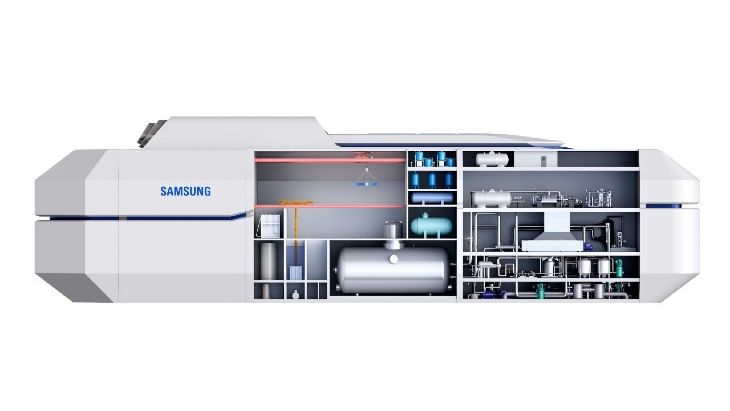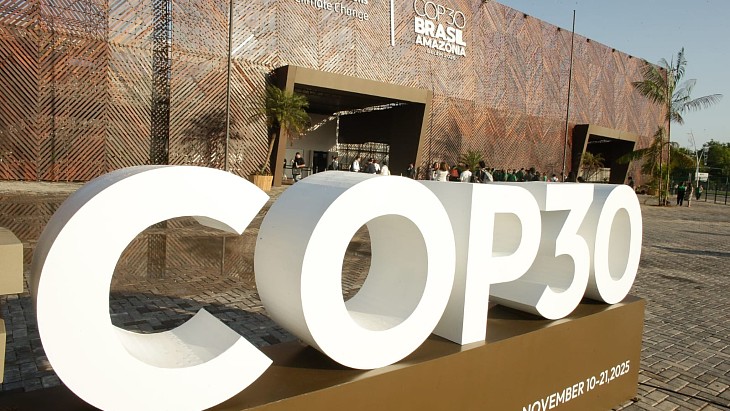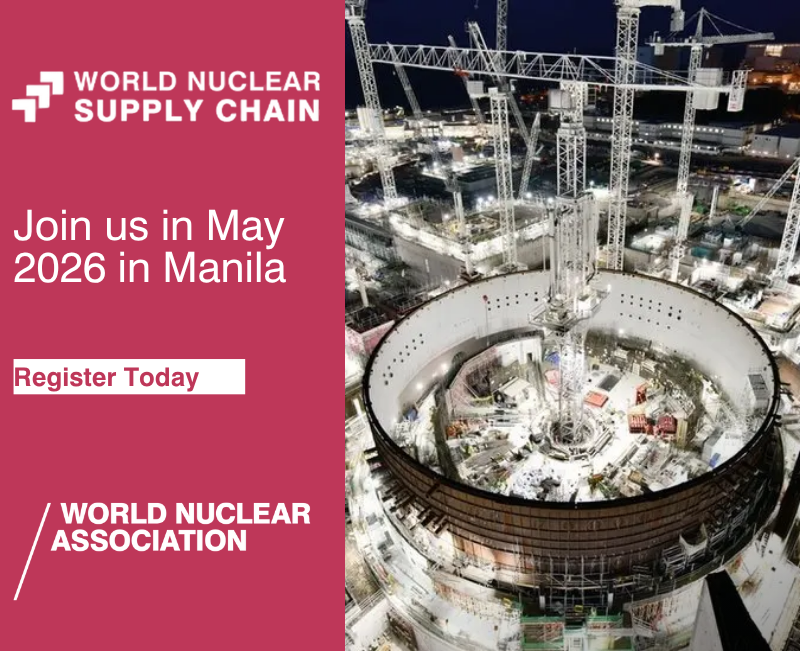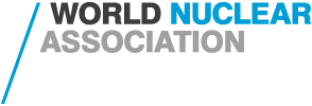South Korea's President Yoon Suk-yeol, elected in May, has vowed to reverse former President Moon Jae-in's policy of phasing out nuclear power, a policy which was brought in after he assumed office in 2017, and followed the 2011 Fukushima Daiichi accident in Japan.
In July, the government laid out a new energy policy which aims to maintain nuclear's share of the country's energy mix at a minimum of 30% by 2030. It also calls for the construction of units 3 and 4 at the Shin Hanul nuclear power plant to resume after design work was suspended in 2017 due to uncertainties about government policy on the construction of new reactors. The new policy also aims to strengthen exports of new energy industries and "capitalise on them as growth engines". It sets the goal of exporting 10 nuclear power plants by 2030, as well as the development of a Korean small modular reactor design.
On 30 August, MOTIE's General Subcommittee - an advisory body comprising 113 experts and stakeholders - released a working-level draft of the 10th Basic Plan for Electricity Supply and Demand. This is a mid- to long-term (15-year) plan that predicts electric power demand and designs electric power facilities and power supply configuration accordingly to stabilise electric power supply and demand.
According to the draft plan, electricity demand in 2036 is expected to reach a maximum of 117.3 GW. The plan calls for some 143.1 GW of generating capacity to be in place by then. MOTIE said the 22% difference between demand and capacity takes into consideration maintenance outages, breakdowns, demand fluctuations and construction delays.
The plan calls for 201.7 TWh of electricity to be generated with nuclear power by 2030, which will account for 32.8% of the country's total generation. The previous version of the mid-term plan, released in October 2021, put nuclear's share at 25% in 2030. The actual figure for 2021 was 27.4%, according to MOTIE.
This increase in nuclear's share reflects the start up of six new reactors between now and 2033 (Shin Hanul units 1-4 and Shin Kori units 5 and 6) as well as the continued operation of 12 existing reactors. Nuclear generating capacity is expected to increase from 24.7 GW in 2022 to 28.9 GW in 2030 and to 31.7 GW in 2036.
According to the plan, renewable energy will account for 21.5% of South Korea's total electricity generation by 2030, down by 8.7 percentage points from the previous goal. Coal will account for 21.2% and liquefied natural gas 20.9%.
The energy plan will be finalised by the end of this year after due environmental assessment, public hearings and consultations with ministries concerned, MOTIE said.
Revitalising the industry
On 10 August, MOTIE signed a Memorandum of Understanding (MoU) with Korea Hydro & Nuclear Power (KHNP), Doosan Enerbility and nuclear energy equipment and materials manufacturers with the aim of revitalising the South Korea's nuclear industry. The MoU aims to improve the competitiveness of the nuclear industry ecosystem through shared growth, working together to contribute to carbon neutrality, responding to the energy crisis and stabilisation of power supply.
KHNP's newly-appointed CEO Joo-ho Whang has said reinvigorating the energy industry will be his top priority.
"We will export 10 nuclear power plants," he said during his inaugural address held at the KHNP headquarters in Gyeongju, North Gyeongsang Province, on 22 August, The Korea Times reported. "We will write a new history, a goal we can achieve with potential and pride as a global nuclear powerhouse that began without any technology or capital. I hereby ask for the full commitment of the 12,000 KHNP employees."
Last week, KHNP was awarded a contract by Rosatom subsidiary Atomstroyexport for the construction of some 80 buildings and structures at the four units of Egypt's first nuclear power plant at El Dabaa, as well as procuring and supplying equipment and materials for the turbine islands.

_1.jpg)




_63865.jpg)
_18570.jpg)
_16159.jpg)





